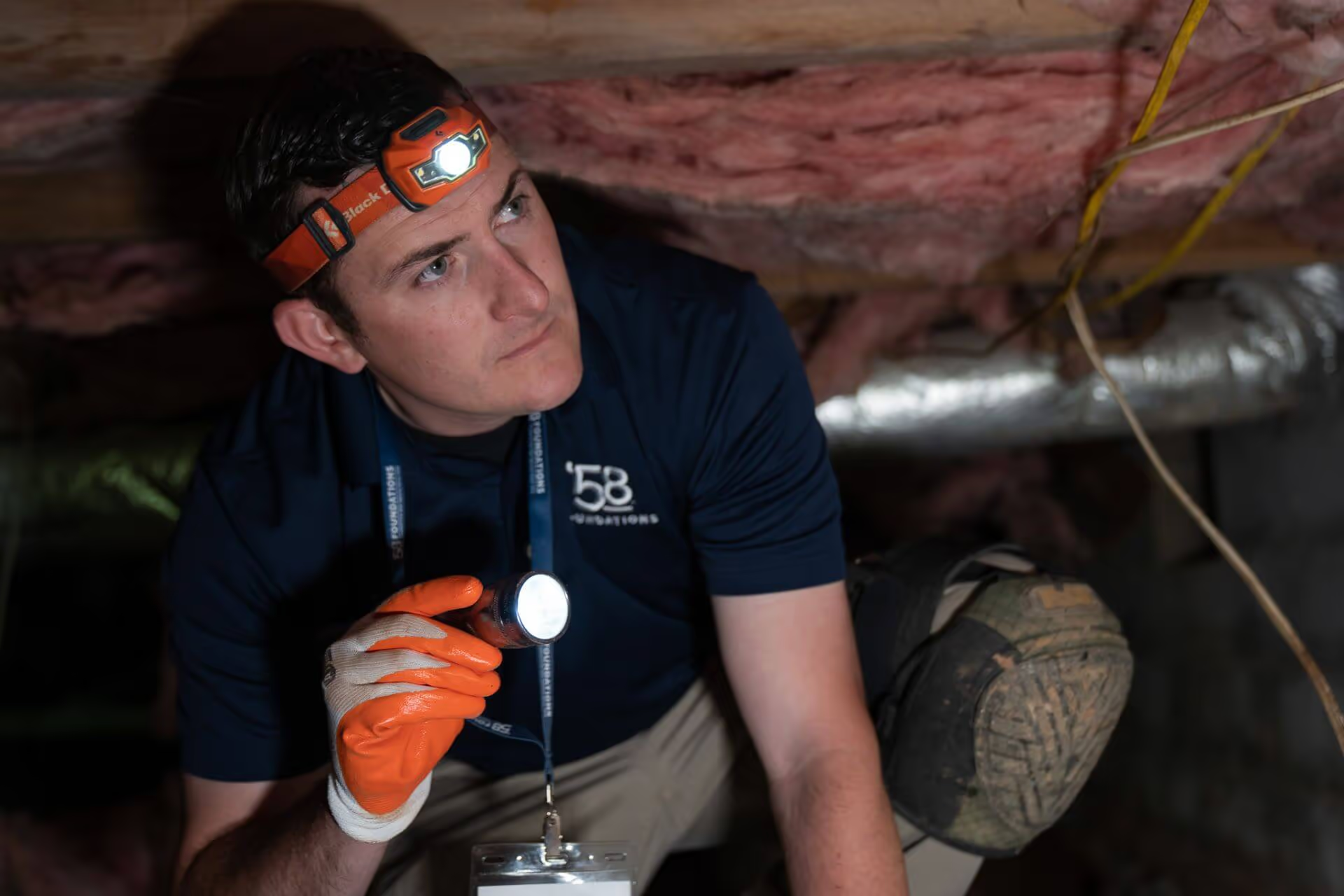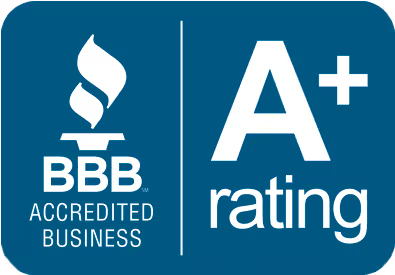
For many homes with crawl spaces, they have been designed to have those crawl spaces vented. The reason is to allow outside air to pass through the crawl space, keeping the area dry. Unfortunately, this doesn’t help crawl spaces serve as a buffer between the house and the moist soil. Whether a homeowner opts to use crawl space vents or crawl space fans, they do nothing but to serve as a way to fill the crawl space with unwanted outside moisture and potentially invite other problems into the home.
Here you’ll learn about why vented crawl spaces are detrimental to a homeowner’s quality of living and how it can harm your home. But first, we’ll need to explore how a crawl space can affect your living space and why the condition of your crawlspace is so important.
You may have heard of something called the chimney effect or “Stack Effect”. This occurs when there is a difference in air pressure and temperature, leading the warmer air in your crawlspace to rise up into the rest of your home. That rising air can take what’s in your crawl space air and disperse it throughout your home’s living spaces.
Along with outside humidity flowing up into your living space, anything else that’s light enough to be carried by an air current may also enter the rest of your home. You might wonder what could possibly be seeping into your home along with what should just be air, but the truth is connected with that same invasive moisture.
Here’s what problems that excess moisture in your crawl space can bring…
These are some of the most common problems that tend to follow moisture building up in your vented crawl space. Mold spores, dust mite particles, and rodent dander are just some of the few things that can flow into your living space via the Stack Effect.
At the least, these are all allergens that can agitate those with certain allergies. But for individuals with weakened immune systems and asthma, it can mean worsening symptoms and even mold-related diseases such as those collectively known as Aspergillosis.
Increased humidity from your vented crawl space can do more than make your living space uncomfortable. It can also place a strain on your heating and cooling systems as they work harder to maintain the temperatures you want. That, in turn, can lead to higher utility bills.
Now that we know how a moisture-filled crawl space can affect your quality of life—how do we fix it?
In short, a crawl space fan won’t help in prevent a crawlspace from staying dry. That’s because a crawl space fan will only help draw more of that outside moisture into your crawl space. The more lingering moisture in your crawl space, the higher the chance for problems like mold to set in.
The key to preventing these problems in the crawl space is to put a stop to that outside moisture. It needs to be sealed. That’s where crawlspace encapsulation comes in.
Crawl space encapsulation is the process of sealing your vented crawlspace from the outside environment. That means prevent any of that outside moisture from flowing into your crawl space and causing problems for your home. It is highly recommended that you have a crawl space encapsulation expert perform the job.
Here are some components that ‘58 Foundations & Waterproofing may use to encapsulate your crawl space…
Depending on your crawl space’s unique situation, it may be recommended that your crawl space gets waterproofed as well. This is especially important for crawl spaces that tend to get puddles or flood during heavy rainstorms. Here are the components that may be included in a ‘58 crawl space waterproofing system…
With these ‘58 Foundations & Waterproofing solutions in place, your crawl space can be protected from outside moisture and moisture-related problems. With a clean and healthy crawl space, your home’s living spaces will also feel more comfortable as the Stack Effect brings up clean air instead of outside air that may be contaminated with mold spores, dust, and pollution.
What’s more, crawl space encapsulation can also provide your home with passive radon mitigation. Radon is a dangerous gas that is the second leading cause of lung cancer in the US.
While there are many contractors that offer crawl space encapsulation and waterproofing services, not all crawl space solutions are the same.
When it comes to crawl space encapsulation, there is no compromising on quality when you choose ‘58 Foundations & Waterproofing. Our vapor barrier liners for your crawl space are 20-mil thick for the crawl space floor and 90-mil thick for the walls. That’s the highest performing combination available. Along with being heavier and tougher, our vapor barrier liners also have a Class-A Fire Rating, meaning extra safety and security for you and your loved ones.
We also offer our own HumidiGuard crawl space dehumidifier. With both air filtration capabilities and being Energy-Star Rated, you can enjoy a healthier home while saving on energy costs.
Our ‘58 crawl space waterproofing system utilizes our own specially-engineered Channel ‘58 drainage channels and our high-powered Workhorse sump pump with battery backup options.
Whether you need to keep outside moisture out of your crawl space, or you also need to keep groundwater moving fast and away from your home, ‘58 Foundations & Waterproofing has the crawl space expertise that you need!
‘58 Foundations & Waterproofing has local offices throughout the Eastern Seaboard. Whether you live around Charlotte, NC, Knoxville, TN, or Baltimore, MD, there’s a team of ‘58 crawl space experts that can keep your crawl space safe, dry, and healthy.
Contact us today to schedule for a free inspection and to receive a detailed estimate! Be sure to ask about our industry-leading life-of-the-structure warranty and money-back guarantee!






We respect your privacy. By submitting, you authorize '58 Foundations and Waterproofing to reach you via call, email or text for information about your project needs. We will never share your personal information with third parties for marketing purposes. You can opt out at any time. Message/data rates may apply. Consent is not a condition of purchase. Privacy Policy